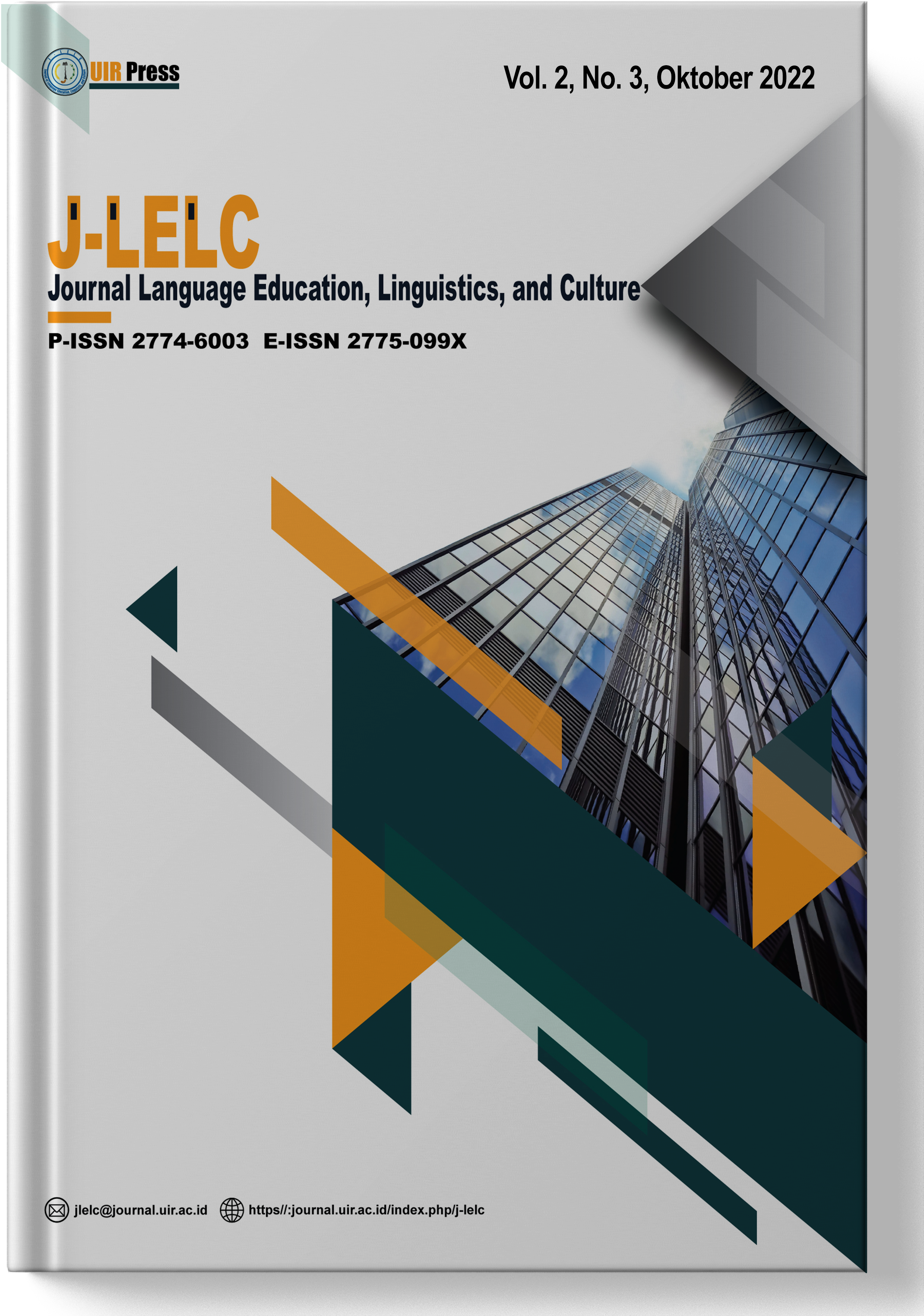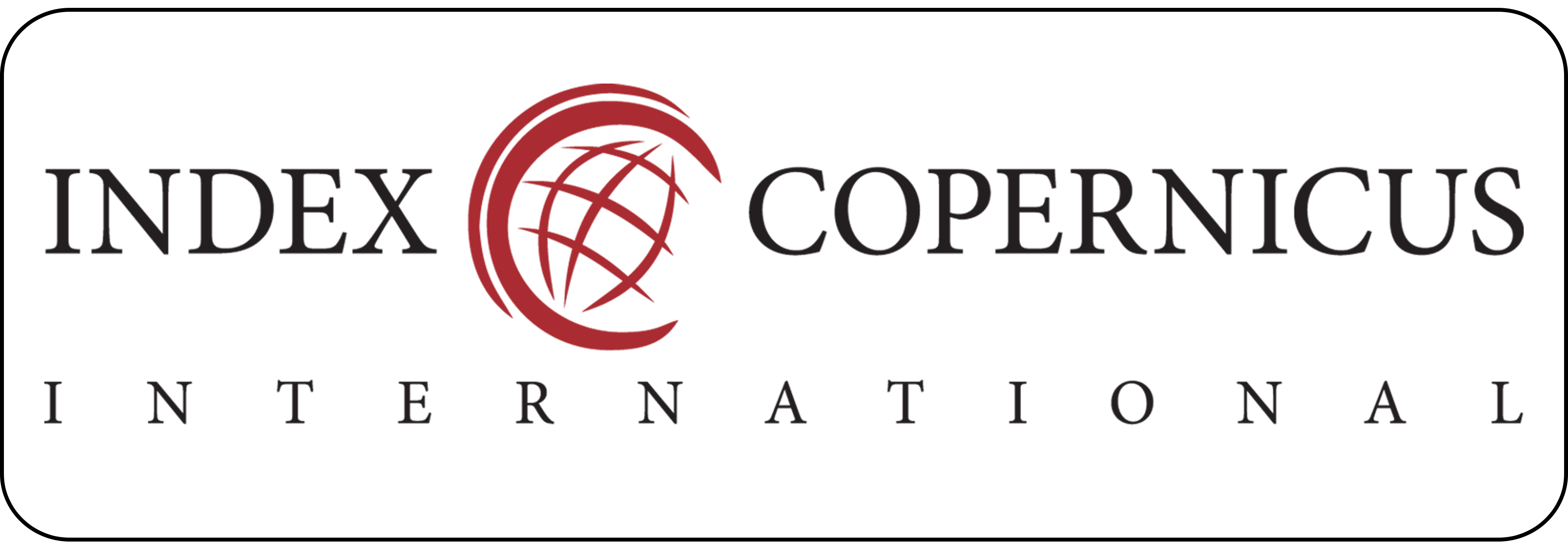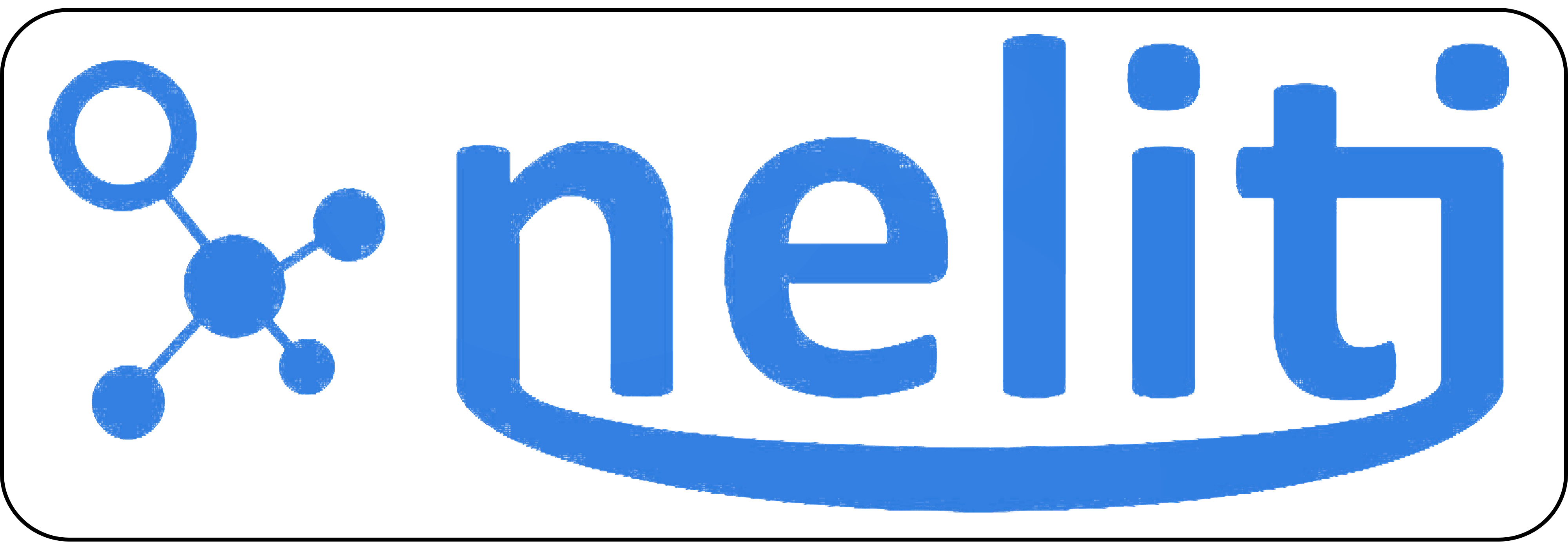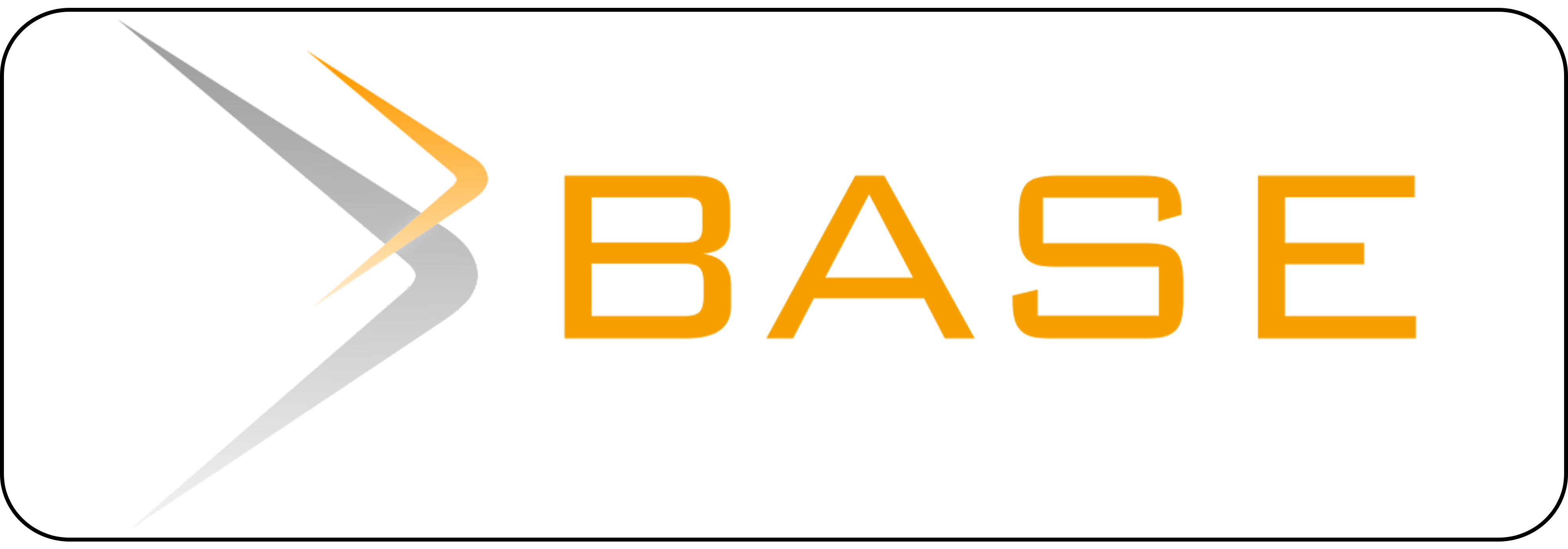Pengembangan instrumen penilaian proyek pada materi menulis teks eksplanasi kelas XI di MAN 1 Pekanbaru
DOI:
https://doi.org/10.25299/j-lelc.2022.10836Keywords:
Development Research, Project Assessment, Explanatory Text,Abstract
The research is entitled "Development of a project assessment instrument on the material of writing explanation text XI at MAN 1 Pekanbaru". Problem Formulation How is the Process of Developing Project Assessment Instruments on Explanatory Text Writing Materials for Class XI at MAN 1 Pekanbaru and How is the Quality of Project Assessment Instruments for Explanatory Text Writing Materials for Class XI at MAN 1 Pekanbaru?. The objectives of this study were to determine the process of developing a project assessment instrument for writing explanatory text for class XI at MAN 1 Pekanbaru and to know the quality of a project appraisal instrument for writing an explanatory text for class XI at MAN 1 Pekanbaru. This type of research is research and development (R&D) or research and development that aims to produce a product that is used to assess student assignments that meet the criteria, are practical and effective. The development of the instrument uses a 4D model that converts into 3D. Sources of research data are Indonesian language subject educators at MAN 1 Pekanbaru and students of class XI ASC 2 (class XI Religion). The data collection technique used an instrument validation sheet to measure the validity, a teacher response questionnaire sheet to measure the practicality of the instrument, and an analysis of the results of students' project assignments to measure the effectiveness of the instrument. The data obtained were analyzed by using analytical techniques for the validity, practicality and effectiveness of the assessment instrument. The results of the study said that the instrument developed by the assessment instrument to measure the students' explanatory text writing skills had met the valid criteria with an average value of 97.03 which was in the very valid category with a value of 85.01 - 100.00%, the criteria for good practicability with an average of 84.61% which is in the very practical category with a value of 81-100%, and the effectiveness criterion is very effective with a percentage of 85.7%. Thus the project instrument developed is of high quality, practical and effective, so that this instrument can be used in learning activities to assess students' explanatory text writing projects.
Downloads
References
Kosasih. (2017). Bahasa Bahasa Indonesia untuk SMP/MTs Kelas VIII. Jakarta: Kementerian Pendidikan dan Kebudayaan.
Mutmainah, Sri Iswati. (2013). Bahasa Indonesia Model Pengayaan untuk SMP/MTs Kelas VIII. Jakarta: CV Graha Pustaka.
Nurfillaili, N., Yusuf T, M., & Anggereni, S. (2016). Pengembangan Instrumen Tes Hasil Belajar Kognitif Mata Pelajaran Fisika pada Pokok Bahasan Usaha dan Energi SMA Negeri Khusus Jenepnto Kelas XI Semester1. Jurnal Pendidikan Fisika, 4(2), 68.
Rafiqah. (2013). Pengembangan Perangkat Pembelajaran Berbasis Konstruktivisme. Makassar: Alauddin Universitas Press.
Setyosari, Punaji. (2016). Metode Penelitian Pendidikan & Pengembangan. Jakarta: PT. Kharisma Putra Utama.
Sugiyono. (2012). Metode Penelitian Pendidikan. Bandung: Alfabeta.
Tarigan, Henry Guntur. (2008). Menulis Sebagai Suatu Keterampilan Berbahasa. Bandung: Angkasa.
Umaha, Syitaul. (2013). Pengembangan Instrumen Penilaian Proyek Berbasis IT pada Pokok Bahasa Perpindahan Kalor Di SMA. Skripsi. Jember: FKIP UJ.
Wahluyo, Budi. (2017). Bahasa dan Sastra Indonesia untuk Kelas VIII SMP dan MTs. Solo: Tiga Serangkai Pustaka Mandiri.
























